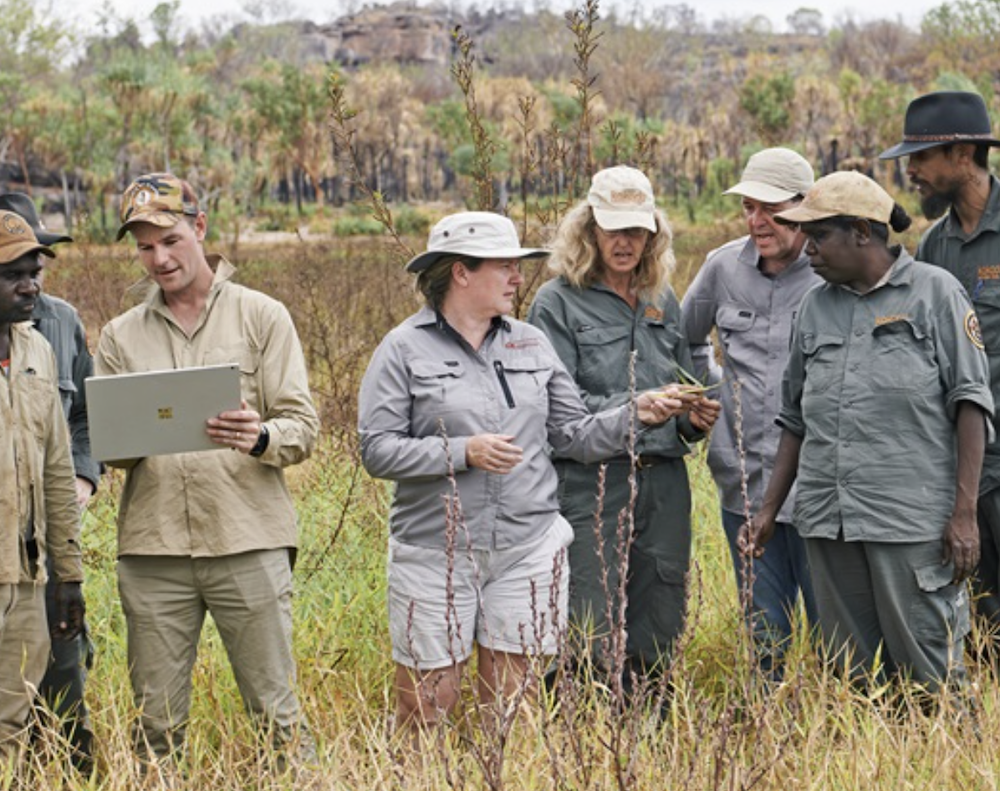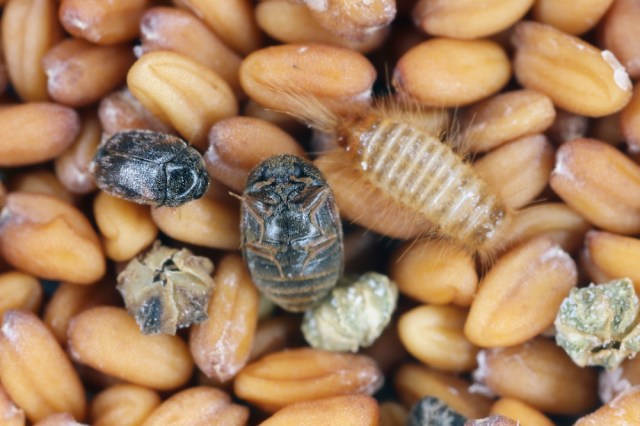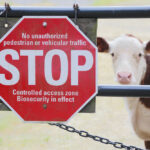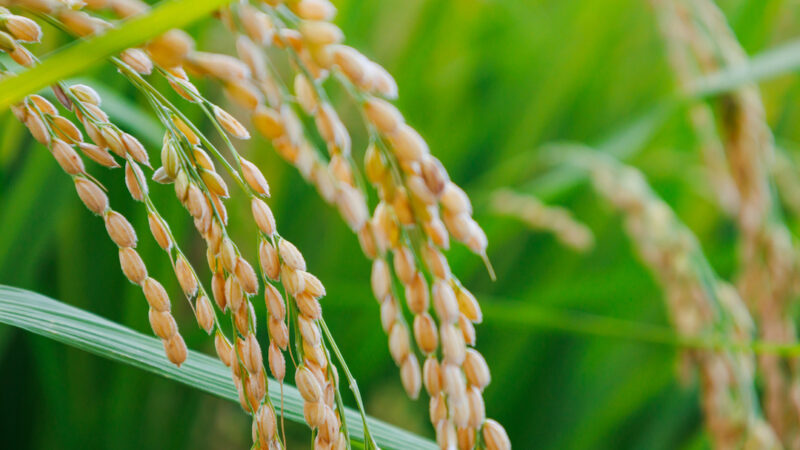There is no doubt that being both Australian made and 100 per cent Australian owned…
Australian biosecurity bolstered with new innovation

A landmark new initiative will draw on cutting-edge technologies and digital systems to help protect native species, crops, livestock, and food supply � but will it be enough to prevent potentially devastating incursions? Opening image: CSIRO.
Australia’s biosecurity system is set to be strengthened with the launch of a pioneering initiative, Catalysing Australia’s Biosecurity (CAB). The strategy is designed to leverage cutting-edge technologies and digital innovations to protect indigenous species, agriculture, and the food supply chain.
CAB is set to receive an initial co-funding of over $55 million across six years, provided by the CSIRO, along with government, industry bodies, and various collaborators.
This funding is part of a larger commitment that includes an additional $1 billion allocated to biosecurity over the next four years, as announced in the Federal Government�s 2023-24 Budget�s Biosecurity Sustainable Funding Package.
In partnership with the Department of Agriculture, Fisheries and Forestry (DAFF), the CAB initiative seeks to achieve extensive growth and improved integration, focusing on better coordination and alignment within the National Biosecurity Strategy, especially in terms of research, development, and extension outcomes.

NSW Farmers Biosecurity Committee Chair Ian McColl welcomed the new initiative, after years of calling for biosecurity improvements, but warned technology alone wouldn�t eliminate risks.
�We need to handle biosecurity in better ways, due to the ever-increasing amount of goods and people that are entering Australia and the level of risks we�re facing as agricultural industries,� Mr McColl said.
�It�s great to see there�s now a focus on new tech to help biosecurity in the long term, but the reality is that we�ve had some significant near-misses in recent years.�
�For example, a member of the public found the notorious Khapra beetle in his kitchen in Canberra. This beetle has the potential to shut down our grain industry � yet it managed to make it through security, via a container of white goods from overseas, and into someone�s house � this is a huge concern.�
Ian McColl, NSW Farmers Biosecurity Committee Chair
�Likewise with the Chinese fur beetle which was found in Tasmania two months ago by a member of the public, who found the beetle when they bought a new bed from overseas,� Mr McColl said.
�So, my question is � will these new technologies ensure that the Khapra beetle and Chinese fur beetle don�t turn up in Australia?�
CSIRO Chief Executive Dr Doug Hilton said the initiative, which fell under the CSIRO Missions program, was critical to safeguard the nation.
�Biosecurity is on the frontline of keeping Australia and Australians safe � it means protecting Australia�s unique biodiversity, ensuring our food security and minimising the risk of the transmission of infectious diseases,� Dr Hilton said.
�Our biosecurity defences, processes and protections have to be robust; they have to be world class and they must be science-based, which is why CSIRO is part of this initiative.�

DAFF Secretary and Director of Biosecurity Adam Fennessy said the CAB initiative would help transform research and innovation in the existing biosecurity system.
�This groundbreaking initiative between CSIRO and DAFF is a significant step towards achieving the National Biosecurity Strategy�s (NBS) long-term outcome of a connected, efficient and science-based biosecurity system,� Mr Fennessy said.
�Our recently launched NBS Implementation Plan highlights the need for integration supported by technology, research and data.�
CAB�s initial suite of innovative projects include:
- Investing significantly to prepare for emergency animal diseases such as the Japanese encephalitis virus and lumpy skin disease;
- Trialling BeeRight and eDNA technology to detect Varroa mite in bee hives;
- Delivering a real-time biosecurity alerts service in partnership with Atlas of Living Australia;
- Deploying advanced pest management systems at the crop and landscape scale in collaboration with Hort Innovation;
- Developing an Australian Biosecurity Research Database to guide strategic investments and decision-making.
The initiative will draw on developments in artificial intelligence, machine learning, decision support platforms, genomics, robotics, drones, remote sensing, big data analytics and next-generation biological solutions, like advanced therapeutics and genetic control options.
According to government, CAB also had the potential to enhance regional prosperity and security, particularly through providing new funding opportunities for small and medium-sized enterprises.
Mr Fennessy said protecting Australia�s biosecurity was a shared responsibility that demanded innovative solutions and strong partnerships.
�CAB is a testament to the power of partnership, with cross-sectoral efforts representing a significant step forward in our collective efforts to safeguard Australia�s agricultural industries, environment, and communities for future generations,� Mr Fennessy said.
If you enjoyed this piece on Australian biosecurity, you may like to read about the appointment of a Biosecurity Commissioner in 2024.








